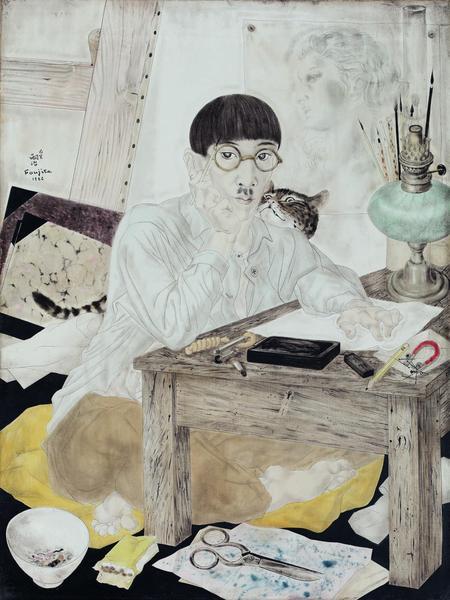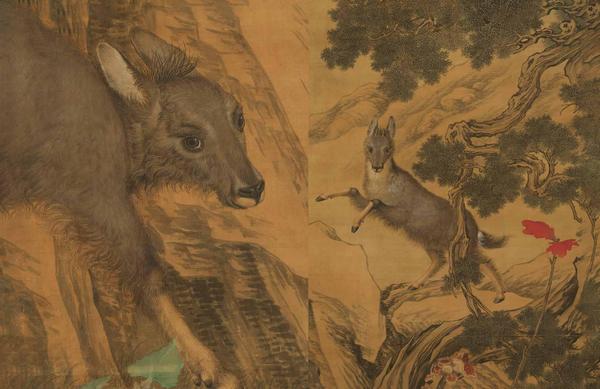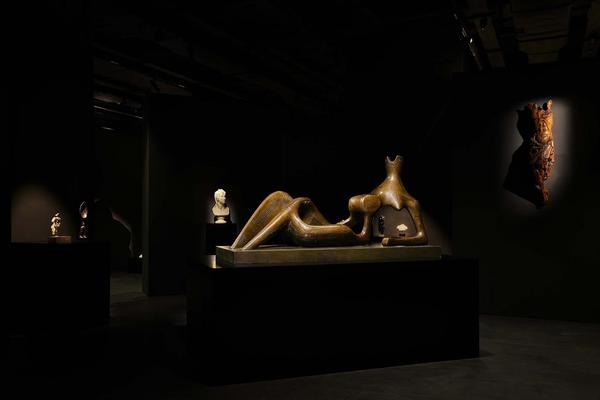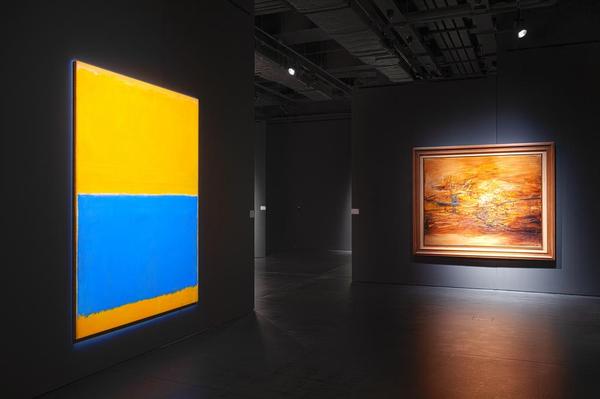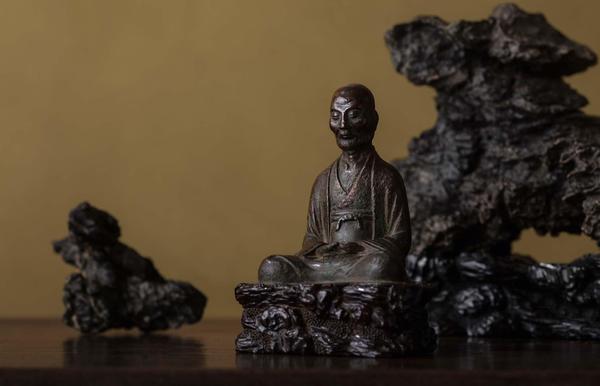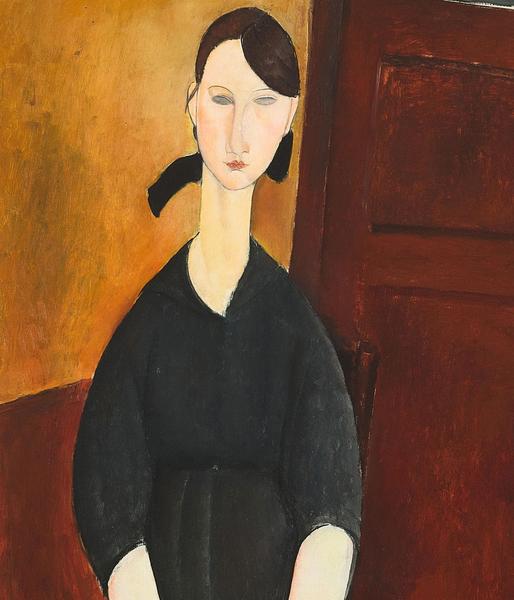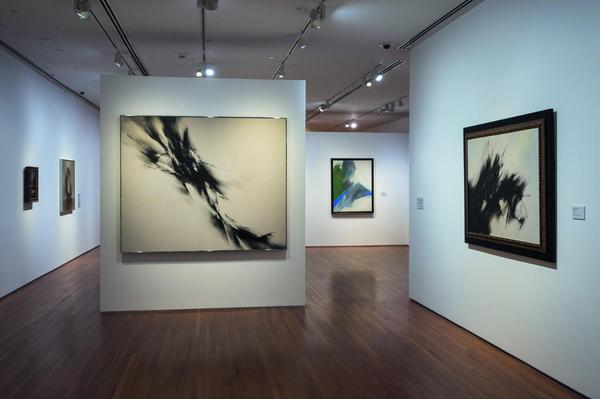
Singapore: Fernando Zóbel: Order is Essential
Fernando Zóbel
Order is Essential
National Gallery Singapore
Born in the Philippines to a prominent Spanish family and raised in Manila and Madrid, Fernando Zóbel (1924–1984) became an artist, a patron of the arts, and a global emissary for modernism. “Fernando Zóbel: Order is Essential” at the National Gallery Singapore (NGS), which featured over 200 paintings, sketches, photographs, and archival items, was Singapore’s first solo exhibition of the artist’s work. Curator Patrick Flores said that Zóbel’s creations are defined by their dynamism, abstraction, and rigor—an aesthetic reflected in the show’s subtitle, “Order is Essential”—a quote from Zóbel that underscores his exacting approach to craft.
Order is Essential
National Gallery Singapore
Born in the Philippines to a prominent Spanish family and raised in Manila and Madrid, Fernando Zóbel (1924–1984) became an artist, a patron of the arts, and a global emissary for modernism. “Fernando Zóbel: Order is Essential” at the National Gallery Singapore (NGS), which featured over 200 paintings, sketches, photographs, and archival items, was Singapore’s first solo exhibition of the artist’s work. Curator Patrick Flores said that Zóbel’s creations are defined by their dynamism, abstraction, and rigor—an aesthetic reflected in the show’s subtitle, “Order is Essential”—a quote from Zóbel that underscores his exacting approach to craft.
